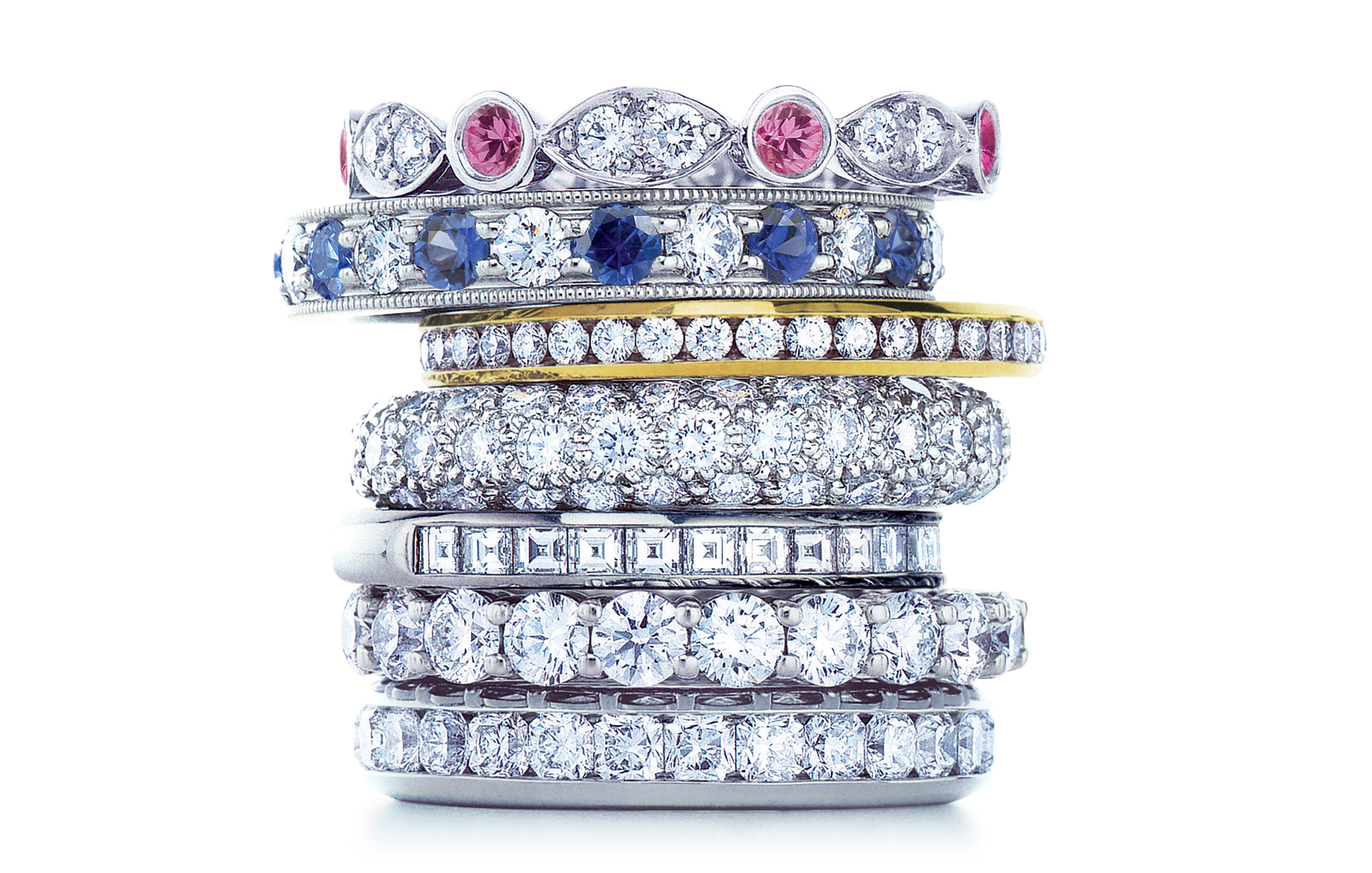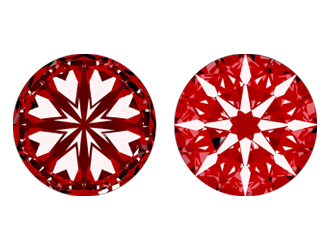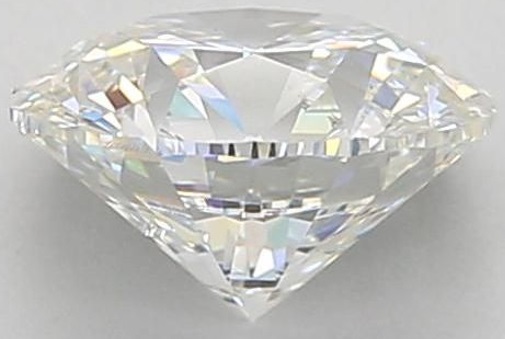
Lifetime Warranty

Hassle Free Returns

Free Resizing

Conflict Free Diamonds
Top Questions and Answers Lab Diamonds
Lab-grown diamonds, also referred to as artificial or cultured diamonds, are created via two number-one techniques: excessive strain and excessive temperature (HPHT) and chemical vapor deposition (CVD). Inside the HPHT method, a small seed diamond is uncovered to excessive presYes and high temperature situations, mimicking the natural diamond formation method deep in the Earth. In CVD, a gasoline mixture is heated, and carbon atoms are deposited onto a substrate, forming a diamond crystal layer through the years.
Lab-grown diamonds, additionally referred to as artificial or cultured diamonds, are created via technological methods in controlled laboratory surroundings, replicating the situations beneath which herbal diamonds form under the earth's floor. While chemically and bodily equal to natural diamonds, lab-grown diamonds are usually produced in a rely of weeks, while herbal diamonds go through a geological process that takes millions to billions of years.
Lab-grown diamonds are typically taken into consideration as more sustainable than mined diamonds. The manner of diamond mining frequently involves big environmental effect, together with habitat disruption, deforestation, and carbon emissions. In assessment, lab-grown diamonds are created in managed environments the usage of superior technological techniques, requiring less land and causing minimal ecological damage. moreover, the usage of renewable power resources in diamond cultivation can in addition lessen the environmental footprint.
Lab-grown diamonds are almost indistinguishable from natural diamonds in terms of exceptional quality and appearance. Each type has the same bodily, chemical, and optical houses, making it hard for even experts to distinguish between them without a specialized device. Lab-grown diamonds can showcase exceptional clarity, color, and cut, rivaling their herbal counterparts.
Lab-grown diamonds may be hard to distinguish from herbal diamonds because they share nearly the same bodily and chemical properties. Advances in era have allowed for the creation of lab-grown diamonds that carefully mimic the traits in their herbal counterparts, consisting of their crystal structure, hardness, and refractive index. Traditional methods of diamond grading, including the four Cs (carat, cut, color, and clarity), are inadequate for conclusive differentiation.
Lab-grown diamonds are typically considered a more moral option in comparison to conventionally mined diamonds. the manufacturing of lab-grown diamonds commonly has a lower environmental impact as it does now not involve the ecological disruption triggered of mining.
The fee difference between lab-grown and herbal diamonds can vary based totally on elements consisting of size, first-rate, and market demand. Normally, lab-grown diamonds are regularly extra less expensive than their herbal counterparts, with costs ranging from 20% to 40%. Lab-grown diamonds are produced in managed environments, making them greater sustainable and moral alternatives to mined diamonds.
The time required to create a lab-grown diamond varies depending on the method employed. One commonplace method is chemical vapor deposition (CVD), which entails placing a small diamond seed in a chamber packed with carbon-rich gases. Under managed conditions, the carbon atoms adhere to the seed, gradually forming a diamond crystal over several weeks to months.
Lab-grown diamonds are frequently taken into consideration as being environmentally best than their mined counterparts. The production of lab-grown diamonds usually entails fewer ecological disruptions because it eliminates the want for classic diamond mining, which could lead to deforestation, habitat destruction, and distinct environmental influences. furthermore, lab-grown diamonds typically have a smaller carbon footprint in comparison to mined diamonds, because the strength-in-depth way of mining and transporting herbal diamonds is circumvented.
Lab-grown diamonds showcase the same hardness as natural diamonds because they share the same crystal structure and chemical composition. Each kind of diamond are composed of carbon atoms arranged in a strong tetrahedral lattice via covalent bonds. This uniformity in shape and composition effects similar physical homes, together with hardness.
Lab-grown diamonds will have inclusions much like natural diamonds. Inclusions are inner imperfections or characteristics inside a diamond, and their presence is inspired with the aid of the increase system. While lab-grown diamonds are created in managed environments through the use of diverse strategies, they are able to increase inclusions at some point of the crystal growth segment.
Lab-grown diamonds are graded using the same standards as natural diamonds, known as the 4 Cs: carat weight, cut, shade, and clarity. Carat weight measures the dimensions of the diamond; Cut evaluates its proportions and fine workmanship; color assesses the absence of colour with a scale from D (colorless) to Z (mild yellow or brown); and clarity examines the presence of internal or outside flaws.
Lab-grown diamonds are regularly considered as a more moral and in all likelihood war-loose opportunity to herbal diamonds. Produced through managed strategies in a laboratory setting, those diamonds take away the environmental and social concerns associated with traditional diamond mining, including environmental degradation and human rights abuses.
Lab-grown diamonds can Surely be used for engagement rings. These diamonds are created thru technological techniques that mirror the conditions under which natural diamonds form, resulting in gems that can be chemically, bodily, and optically equal to mined diamonds. Lab-grown diamonds provide an moral and environmentally pleasant alternative, as they keep away from the social and environmental concerns associated with traditional diamond mining.
Lab-grown diamonds are available in a variety of sizes, starting from small melee diamonds of a few millimeters to large stones exceeding several carats. The size range for lab-grown diamonds is usually expanding as technology and manufacturing methods improve. Common sizes for lab-grown diamonds consist of those appropriate for smaller accent stones or solitaire ring portions, while improvements in technology have enabled the production of large diamonds appropriate for assertion pieces and engagement jewelry.
The colour of a diamond is encouraged by the presence of certain factors or structural irregularities throughout its formation. in the case of lab-grown diamonds, scientists can intentionally introduce precise factors or manage the increase in situations to provide diamonds in a number of colors, together with conventional white, in addition to fancy shades such as yellow, purple, blue, and green.
Lab-grown diamonds are created through the use of advanced technological processes that reflect the natural diamond-developing situations, resulting in chemically and bodily equal diamonds to those mined from the Earth. However, cubic zirconia and moissanite are each diamond simulants, but they vary in composition and optical properties.
The lab-grown diamond industry is challenge to diverse enterprise standards, but the regulatory landscape might also have evolved considering that. Corporations, which include the Global Enterprise for Standardization (ISO) and the Gemological Institute of America (GIA) have evolved standards for the grading and identification of lab-grown diamonds.






















































